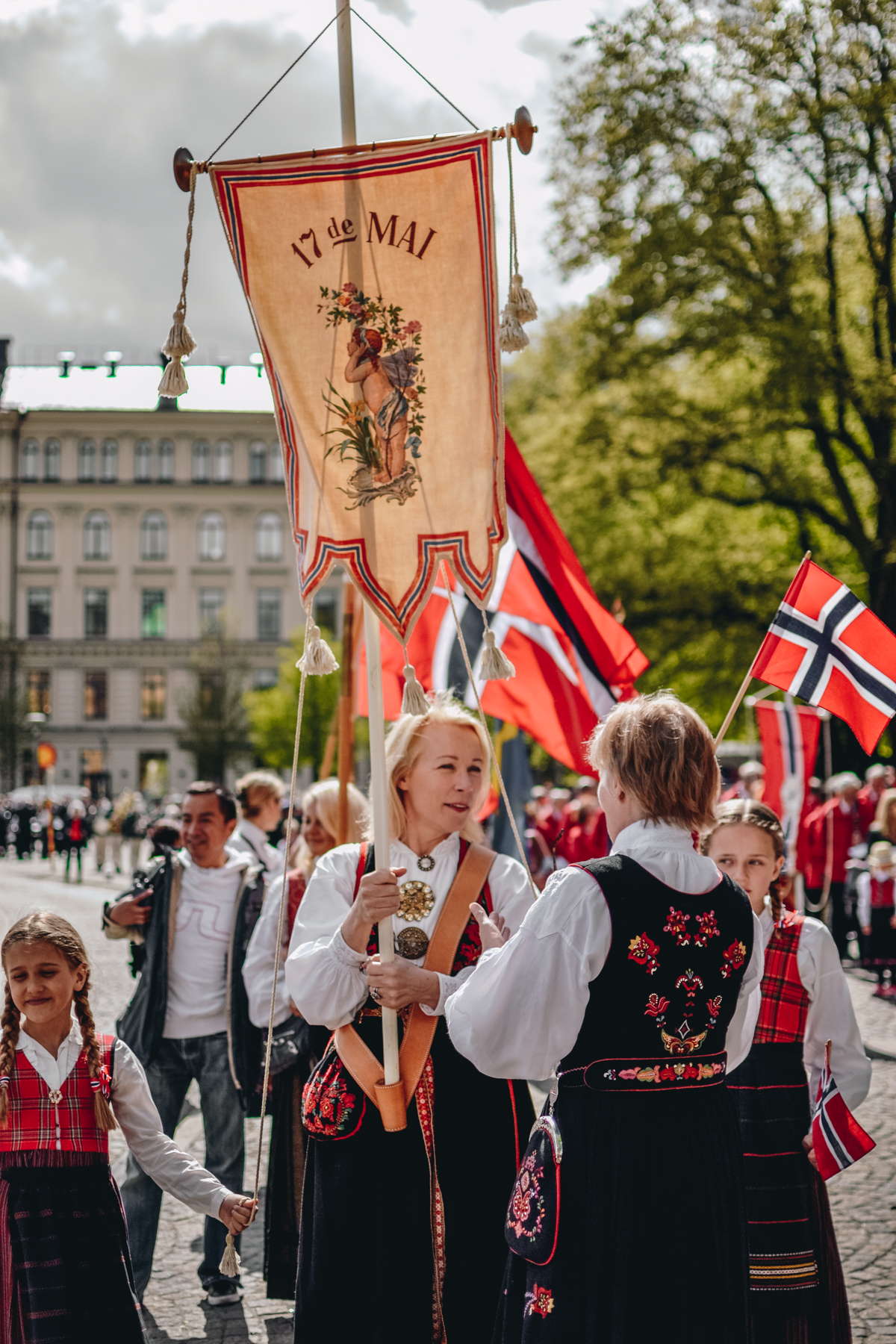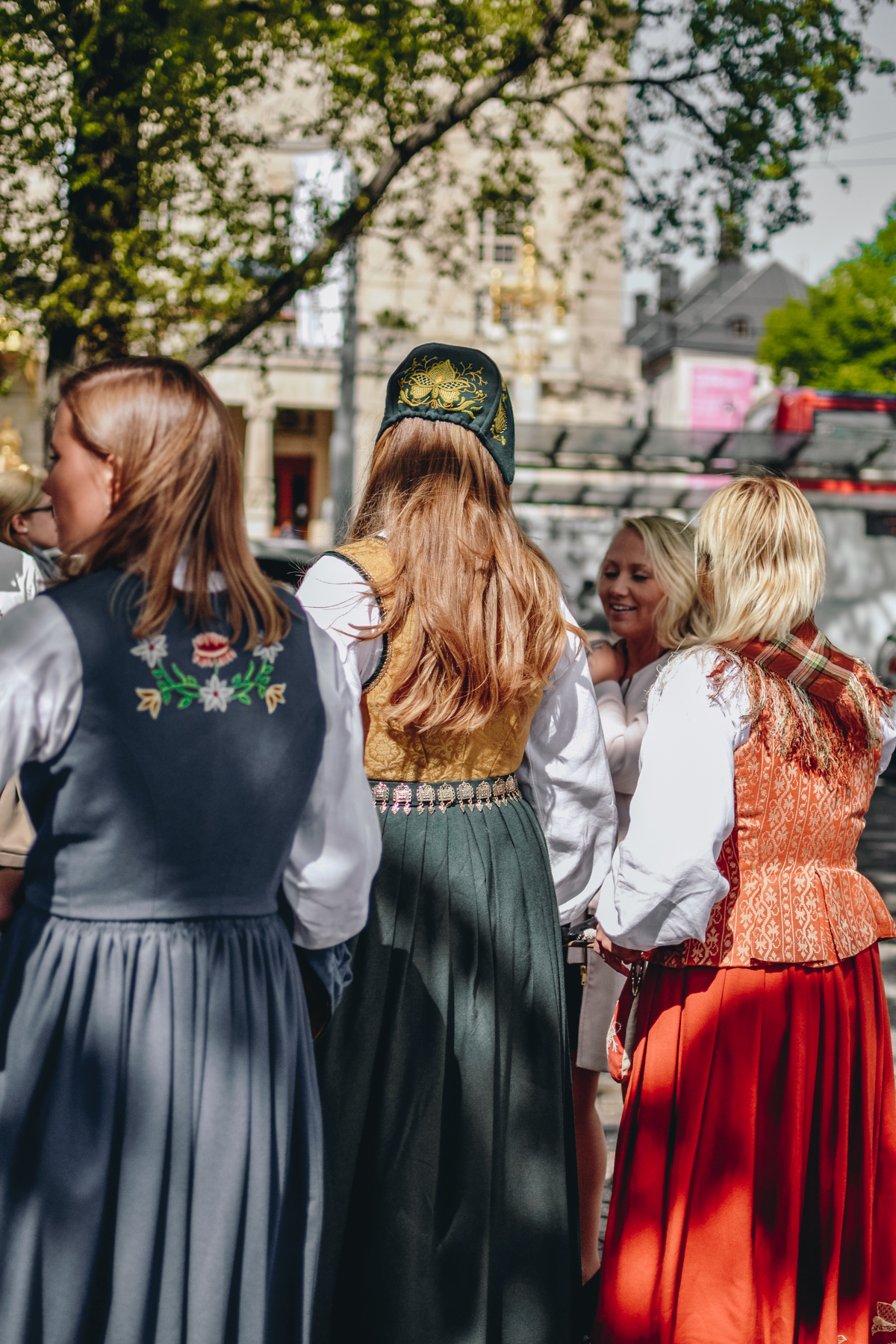Referred to by Norwegians everywhere as syttende Mai (seventeenth of May), Nasjonaldagen (the National Day), or Grunnlovsdagen (Constitution Day) Norwegian Constitution Day stands out as a Scandinavian independence holiday that the locals take very seriously (so many Norwegian flags!).
After the Napoleonic Wars, the defeated Denmark-Norway (the countries were part of the same union at the time, and were also known as Oldeburg Monarchy) was to cede Norway to Sweden. Rather than allow that to happen, Norway declared themselves an independent kingdom through their Constitution in 1814. Though Norway was still considered part of a union with Sweden until 1905, Norwegians began celebrating from the original signing of the Constitution. For some years, these celebrations were considered to be protests, and were discouraged – and then even banned for a time – by the King.
They became widely accepted in 1829, and public addresses were held beginning in 1833. Children’s parades were held from 1864; only boys were allowed to participate until 1899, when girls were included as well. World War II Liberation Day took place nine days before Constitution Day in 1945, which has since added an additional layer of celebration to the day.
The children’s parade is what informs the atmosphere of Norwegian Constitution Day, even to this day. It’s all about fun! Norwegian Constitution Day is an entirely non-military affair. Parades are held across the country, with most primary and secondary schools holding their own parades. Children carry their school’s name banner, as well as lots of Norwegian flags, and there is often music playing children’s songs. The most well-attended of these parades is the one in Oslo, where the parade also stops at the Royal Palace.
 |  |
In addition to the children’s parades, the graduating high school class, known as Russ, typically has their own – slightly more debauched – event. They start a little later in the day (yes kids, hangovers will do that to you), then stay up all night, making their way through town in russebil (russ cars) carrying signs and general being loud teenagers. Lately this has been discouraged by authorities, but we see shades of the Danish tradition of studenterkørsel.
For the parades and surrounding celebrations, many people dress in bunad: traditional 18th/19th century rural clothes and 20th century folk costume.
Perhaps the most striking aspect of Norwegian Constitution Day is that Norwegians make a huge effort to celebrate it outside of Norway. Immigrant communities around the world gather to hold festivities, wave flags, dress in traditional clothes, and enjoy the day. So if syttende Mai comes around and you see a gaggle of kids and adults in bunad waving those red, white and blue flags, you’ll know what’s happening. Happy Norwegian Constitution Day, everyone!

